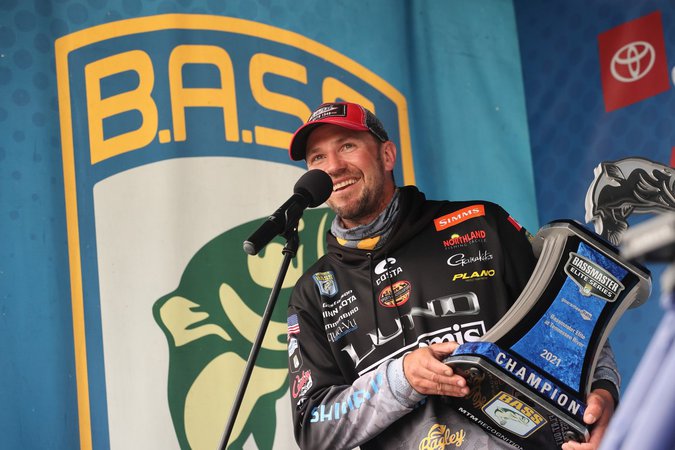
Elite Series pros Gustafson, Gallant, part of Canadian team at Pan-Am fishing event
They compete as individuals on the Elite Series, but professional anglers Jeff Gustafson and Cooper Gallant are teaming up to represent Canada.
Gustafson, of Kenora, Ont., and Gallant, of Bowmanville, Ont., are members of the Canadian team competing in the 2024 Pan American Black Bass tournament on New Brunswick’s Saint John River.
The two-day event, which begins Friday, involves anglers from eight countries (Canada, United States, China, Colombia, Mexico, Dominican Republic, Puerto Rico and Costa Rica) and two Indigenous squads (Ontario’s Turtle Island and New Brunswick’s Wolastoqey Nation).
“I’ve never (represented Canada) so it’s pretty cool,” said Gustafson, who last year became the first Canadian to win the US$1-million Bassmaster Classic, pro bass fishing’s premier event. “Obviously the U.S. is our primary target, they have a stacked team with a lot of the top pro anglers.


